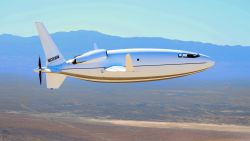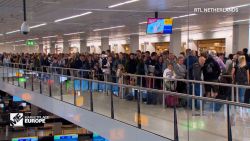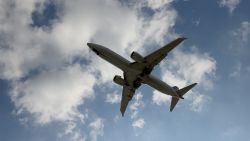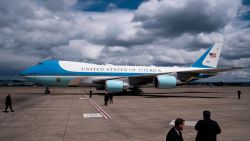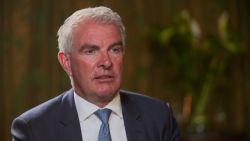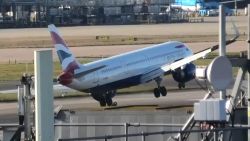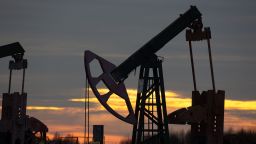Editor’s Note: Philip Baggaley is a managing director with S&P Global Ratings, and has been following the airline industry as a credit analyst since 1985. The opinions expressed in this commentary are his own.

Ever since Covid-19 nearly shut down travel two years ago, US airlines and travelers have been dealing with frustration and uncertainty. They’ve endured several waves of the virus, government-mandated restrictions on travel and service problems as airlines struggled to staff up for a resurgence in demand. All of this has tested passengers’ patience and airlines’ balance sheets.
Unfortunately, there are more unknowns on the horizon. A new and more dangerous variant of Covid could emerge (there is already a more transmissible form of Omicron spreading); the war in Ukraine could take an even more dangerous turn; or rising interest rates, inflation and oil prices could slow the US and global economies more than expected.
We are only about eight weeks into the crisis in Ukraine, but so far, travelers don’t appear to be pulling back. In March, passengers were at 87% of 2019 levels, and many airlines are reporting no discernable effect as of yet on bookings for future travel, which remain strong.
If these trends continue, this summer will most likely be much like last year’s — with crowded planes. But this time the fares will be noticeably higher.
For airlines, higher fuel costs will slow their long, bumpy path to financial recovery — fuel is already one of the most expensive items for airlines. And the sudden run-up in oil prices will feed through to jet fuel prices. US airlines have disclosed estimates of how much a specified increase in jet fuel prices would raise their expenses. The numbers are sobering.
For example, a $1 increase in the price per barrel of jet fuel could cost American Airlines an extra $95 million over the course of a year, based on its forecast fuel consumption. Meanwhile, Delta Air Lines recently estimated that its second quarter 2022 jet fuel would cost $3.20 to $3.35 per gallon, compared with $2.16 in the same period last year.
Airlines will try to increase ticket prices to offset rising fuel costs. And they are counting on not losing too many customers since other airlines will also likely hike fares to try to offset higher fuel costs. Even Southwest Airlines, which hedges most of its fuel costs, faces other cost pressures, like labor expenses, and may seek to raise fares somewhat.
Airlines are probably right to anticipate that passengers won’t stop traveling. After all, they know that declining virus counts, the end of mask mandates and considerable pent-up demand for travel will probably more than offset geopolitical and inflationary concerns for passengers. And given that airlines are constrained by staff shortages, there will likely not be many empty seats.
On top of higher fuel costs, strong demand and limited supply translate to higher fares, though they will not need to be dramatically higher for airlines to offset costlier fuel. Delta Air Lines estimated in mid-March that it would need to raise fares $15 to $20 on a typical $200 one-way ticket to cover anticipated higher fuel costs. And the company said more recently that it is “successfully recapturing higher fuel prices.”
We at S&P Global Ratings don’t expect that airlines will be able to fully offset the higher cost of fuel through fare increases (and their earnings will suffer accordingly), but they should be able to recover most of it.
Of course, as we all well know after the last couple of years, a lot could change by the time the summer travel season arrives. But right now we’re on track for a busy — and pricey — season ahead.



